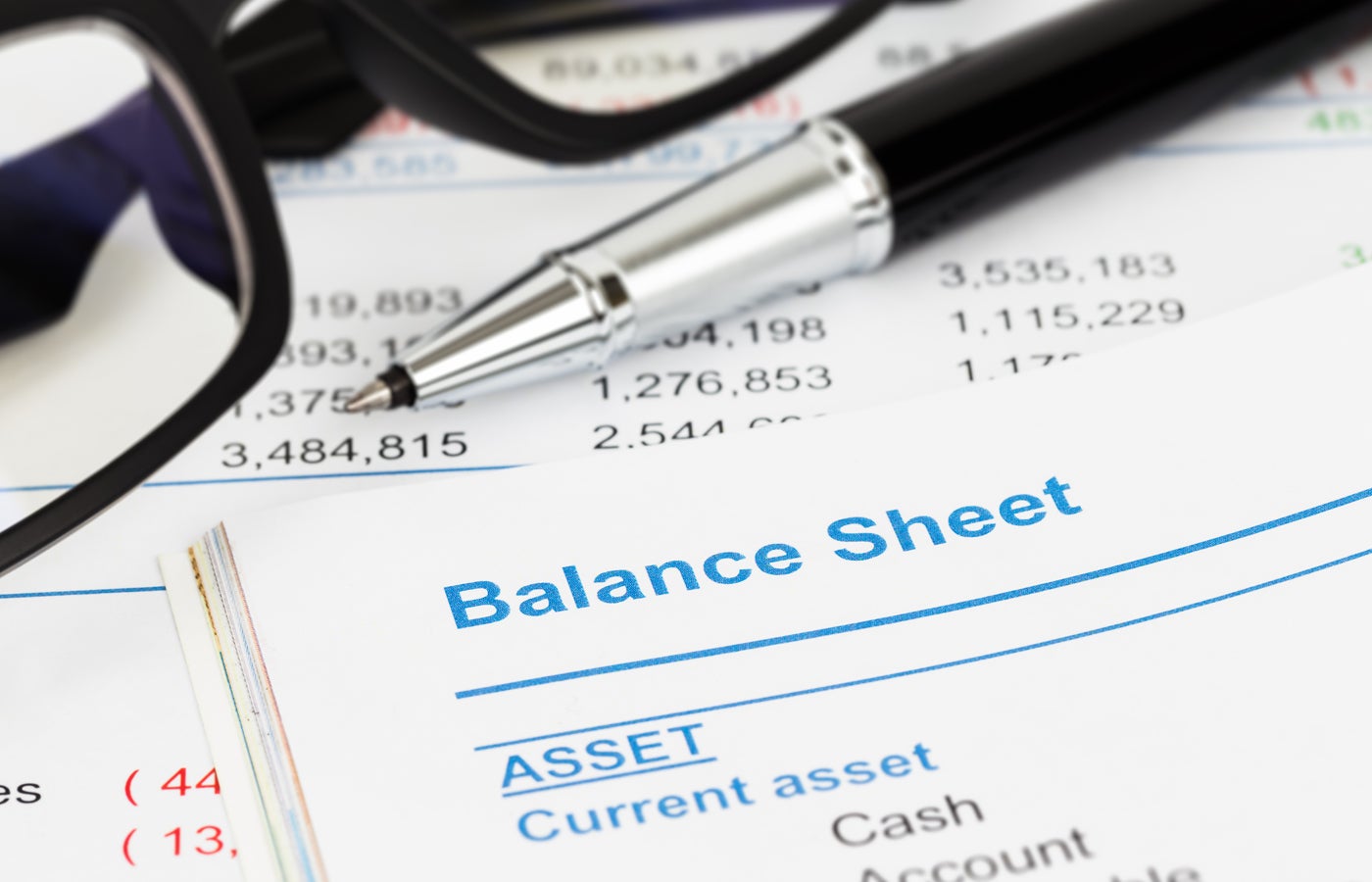A balance sheet is a type of financial statement. It gives you an overview of a company’s financial status at a specific point in time, including what the company owns, what it owes and how much shareholders have invested in the business.
At a high level, the equation used for a balance sheet is pretty simple. It’s a sum of all the assets a company holds compared to the sum of all of the company’s debts and obligations to shareholders.
Balance sheets are commonly used by business owners to get a quick look at how well their company is doing at a given moment in time. These reports are also used by investors and lenders to assess the company’s creditworthiness, ability to pay its bills and performance over time.
Let’s learn more about how balance sheets work and what your business can use them for.
How does a balance sheet work?
A balance sheet shows you what resources a company has available right now (or for a particular period of time), considering what it owes and who else has a claim to the company’s assets. Since balance sheets show company assets compared to its liabilities and shareholder equity, they give you a much better idea of the financial health of the business than looking at assets or liabilities alone.
Assets on a balance sheet are generally listed in order of liquidity, with the most easily accessed assets (such as cash) listed at the top, followed by less liquid options, such as:
- Real estate.
- Machinery.
- Electronic equipment.
- Product inventory.
Liabilities are organized based on term length. The shortest term liabilities will be at the top, since their financial impact will be most immediate. A simple version of the balance sheet formula is assets = liabilities + shareholder equity.
Balance sheets should adhere to generally accepted accounting principles (GAAP), and they’re part of a holistic system of financial best practices, along with other financial reports and a comprehensive chart of accounts.
Importance of a balance sheet
Balance sheets are important because they tell you how healthy (or not) a company’s overall finances are. This is particularly true in comparison to the company’s past balance sheets.
If a company’s assets are greater than its liabilities, it means the company has positive shareholder equity and net assets. That essentially means the company can pay its bills and isn’t about to go underwater on its financial obligations. If the company keeps the positive balance up over longer periods of time, then it’s a sign the business will perform well in the future too.
On the other hand, if a company’s liabilities are greater than its assets, then the company has negative shareholder equity. That’s a bad sign, and that type of balance sheet signals potential financial distress. The company could be at risk of defaulting on its debt.
If you see declining shareholder equity over multiple consecutive balance sheets in a period of time, then the company likely has serious financial difficulties on the horizon.
Components of a balance sheet
All balance sheets include three basic components: Assets, liabilities and shareholder equity.
Assets
Assets represent anything the company thinks could bring in revenue or profits in the future. Companies expect assets to provide a return on investment (ROI) and contribute to the financial bottom line.
There are many different kinds of asset classes, but they include current assets and long-term assets.
Current asset examples:
- Cash.
- Product inventory.
- Accounts receivable.
Long-term asset examples:
- Real estate or property.
- Equipment, including electronics.
- Investments.
Because balance sheets list assets in order of liquidity, longer-term assets will be shown at the bottom.
Liabilities
A liability is any kind of financial obligation a company has from its past. That includes accounts payable, owed taxes, bonds payable and other long-term borrowings.
Because something like owed invoices will have a more immediate due date than a long-term loan, balance sheets list liabilities in order of when they have to be paid. Liabilities with longer due dates will be at the bottom.
Shareholder equity
Shareholder equity is also known as “net worth.” As the name suggests, shareholder equity is the amount of money that would have to go back to investors or shareholders if a company failed and had to liquidate all its assets and quickly pay off all its debts. Shareholder equity also includes any earnings the company has held onto from profits earned over time.
The formula to calculate shareholder equity is simply total assets minus total liabilities.
Example of a balance sheet
Here’s a simple version of a balance sheet for a hypothetical business:
| Asset type | Amount |
|---|---|
| Current assets | $200,000 |
| Long-term assets | $150,000 |
| Total assets | $350,000 |
| Liability and shareholder equity | Amount |
|---|---|
| Current debt | $30,000 |
| Long-term debt | $100,000 |
| Common stock | $150,000 |
| Retained earnings | $45,000 |
| Total liabilities and shareholder equity | $325,000 |
An in-depth balance sheet will list more detailed assets and liabilities. But notice that, for this hypothetical business, its total assets come out greater than its total liabilities and shareholder equity. That’s a good sign.
Many types of software can make it easier to generate detailed balance sheets, including payroll software, accounting software and even accounting mobile apps.
Uses for a balance sheet
A balance sheet is useful for internal company owners, managers and employees, as well as for outside investors and lenders. Balance sheets might only represent a snapshot of financial information, but they have several different valuable uses.
Assess the business’s financial strength and viability
Metrics like liquidity, solvency, financial flexibility and capital structure determine the overall financial health of a company. If a balance sheet shows few liquid assets and a list of liabilities with very little financial flexibility, then it’s a signal that the business is not in a good spot.
Alternatively, comparing balance sheets over time can identify positive trends, such as higher solvency and liquidity than the business had six months ago.
Evaluate the business management’s efficacy
If a company is run by a board of directors, then the balance sheet gives them and other investors information on how well the management team is running things.
Are the managers using their resources effectively? Are they generating returns? If the existing management team is growing company assets and increasing shareholder equity, then it’s a good sign for higher-level stakeholders that the day-to-day leaders are doing a good job.
Give information to potential investors and lenders
Balance sheets help investors and other types of lenders decide if a company is a good investment or not. Since a balance sheet highlights information about the likelihood that a business can pay back its debts, it can help investors decide whether or not they want to risk their capital.
Assist valuation analysis of the business
If you want to know how much your business is worth, then a balance sheet is a step toward figuring it out. Balance sheet valuation models can help estimate the overall value of the business, including its book value, liquidation value and potential return on assets and equity.
Identify how much working capital the business needs
Since a balance sheet lists different asset and liability accounts together, it can make it easier to figure out how much short-term cash flow a business needs to keep operating. That’s valuable information for decision-makers.
Business stakeholders, both inside and outside the company, can use balance sheets to evaluate a company’s financial position, performance, flexibility, risk and management quality for both long- and short-term decision-making.


